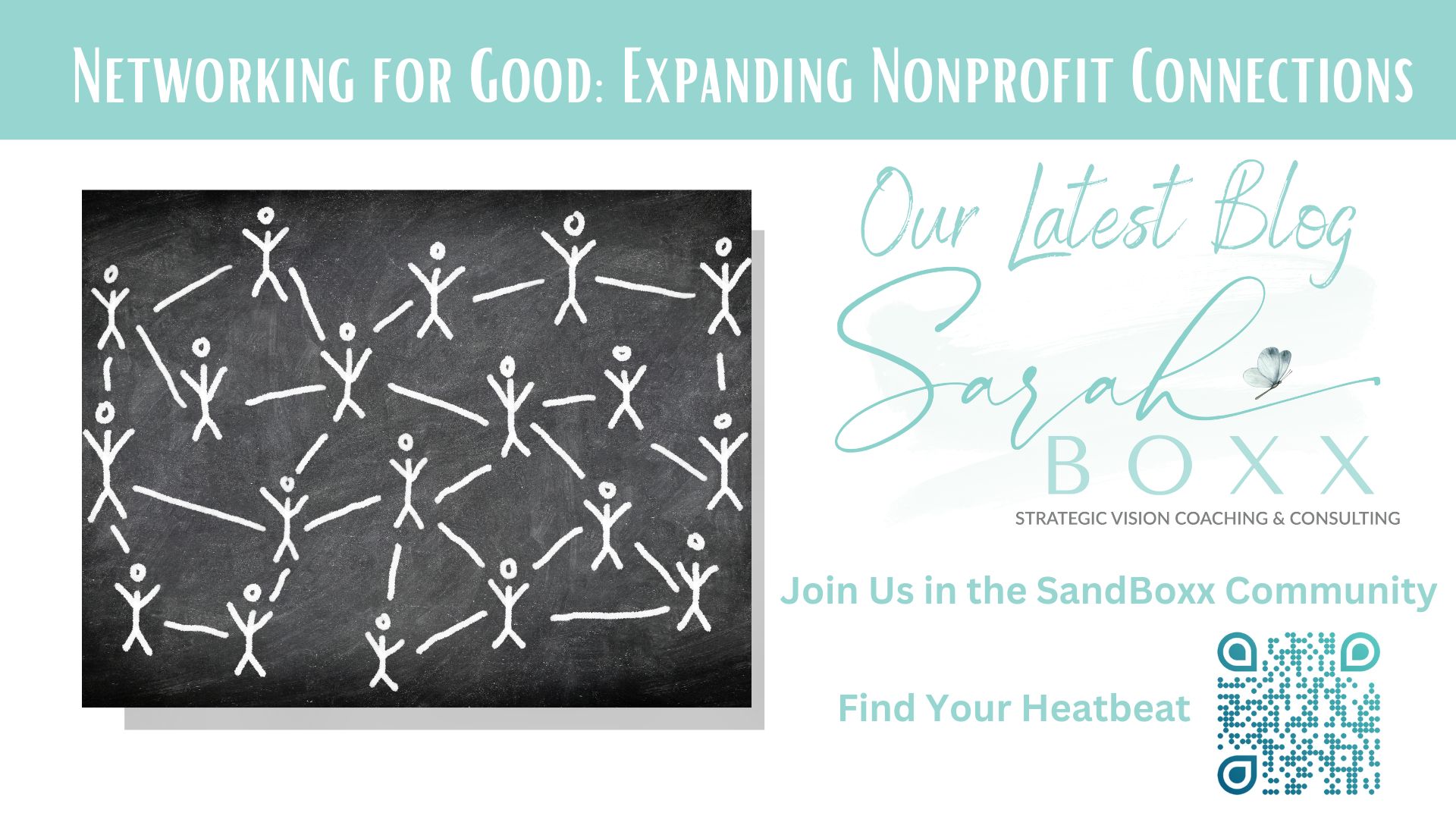“Once a new technology rolls over you, if you’re not part of the steamroller,
you’re part of the road.”
Stewart Brand
We are living in a digital age. That shouldn’t come as much of a surprise, considering we’ve been here for quite some time.
For the last few decades, technology has been advancing at a rapid and dizzying pace. With each passing year, there are new tools, gadgets, and software systems designed to enhance productivity in business and in life.
For some, the ever-changing digital landscape is exciting! For others, the constant influx of new digital technology can be downright overwhelming.
Whether you consider the prospect of learning new tools and continuously adapting your systems and routines to accommodate advances in technology to be exciting or daunting, one thing is certain…organizations that don’t keep up with changes in technology will be left behind.
Unfortunately, the nonprofit industry has a history of being late to the game when it comes to implementing new and effective technology. Research indicates that only 11% of nonprofits consider their approach to digital technology “highly effective.”
Lack of digital knowledge on the part of the leadership combined with the typically tight and restrictive budgets many nonprofits are working with, can make it difficult to fully utilize the technology tools available.
Despite these obvious challenges, it is in the best interest of every nonprofit organization to implement helpful technology to the greatest extent possible. Likewise, attempting to operate outside of the digital realm is to your organization’s detriment.
Digital tools can have an enormous effect on the overall efficiency, productivity, and mission impact of your organizations. For example,
- Customer relationship management software programs (CRM’s) and digital file sharing platforms can unify your team and lead to a better use of employee time, volunteer support and organizational resources. They also make it easier to communicate with and involve board members in important aspects of your work.
- Financial management programs can make it easier to track your finances (expenses, donations etc.) and communicate reliable and important information with for community members and stakeholders.
- Social media platforms and well-designed and user-friendly websites can extend your organizational reach, which in turn increases your opportunities for potential partnerships and support.
One organization that has mastered the skill of creating an effective digital program is Charity: Water. Not only does this nonprofit have a clean, easy to use website, but they’ve also created a digital chatbot that simulates a girl walking for water every day. Community members can follow and interact with her and learn more about what life is truly like for those without easy access to clean water.
Talk about increasing community awareness and engagement!
Charity: Water, like other successful nonprofits, has put together a team of individuals focused on building an effective digital program designed to maximize their efforts toward their overall goal: providing clean drinking water for communities who need it.
Focusing time and resources towards developing a strategy and digital program for your nonprofit organization is not a distraction from your mission. Rather, it expands your reach and capacity to make a lasting impact as an organization.
For more tips and resources designed to help you grow your organization and increase your impact, click HERE for updates on the latest blogs and podcast episodes, designed to support you on each step of the journey.
Article was contributed by: Maria Lees, Team Writer with Sarah Boxx
RESOURCES:
https://insights.som.yale.edu/insights/can-technology-transform-the-nonprofit-sector



